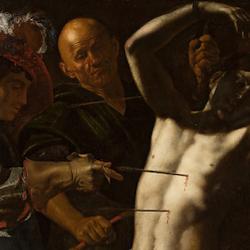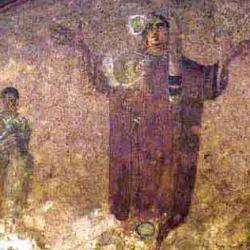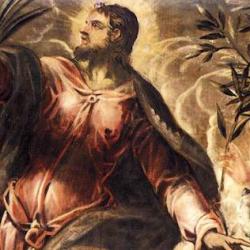The key to grasping the argument of Hebrews 9:1-10 is to follow the use of the word “first” (Gr. protos). There is a first covenant with its regulations of worship (v. 1) and the parable (parabole, v. 9) of this first covenant is the erection of a “first” tent (translated “outer,” but Gr. protos, “first”). By hiding the ark, the altar of incense, the tablets of the law, the jar of manna and Aaron’s budding rod in a second tent behind a second veil—that is, by putting a “first tent” as a buffer between Israel and God’s treasures – the Holy Spirit indicates that the way into the holy place is not yet disclose (v. 8).
The first tent symbolizes the first covenant, a covenant of relative distance and exclusion. The first tent makes it clear that the blood of bulls and goats cannot make a worshiper perfect in conscience (v. 9). If the regulations of the first covenant were adequate, there would be no need for the first tent.
The regulations of the first covenant, he concludes are regulations of flesh that apply only until the time of reformation. “Reformation” (diorthosis) is used only here in the New Testament, and refers to making something right. When that kairos of reformation comes, Hebrews implies, the first covenant will come to end and the first tent will be dismantled and we will be able to enter directly into the holy, where we can enjoy the gifts of God.
When the crooked world is put straight, the path into God’s presence will be clear. This is the good news of the tabernacle, a parable for the now time of the gospel.















